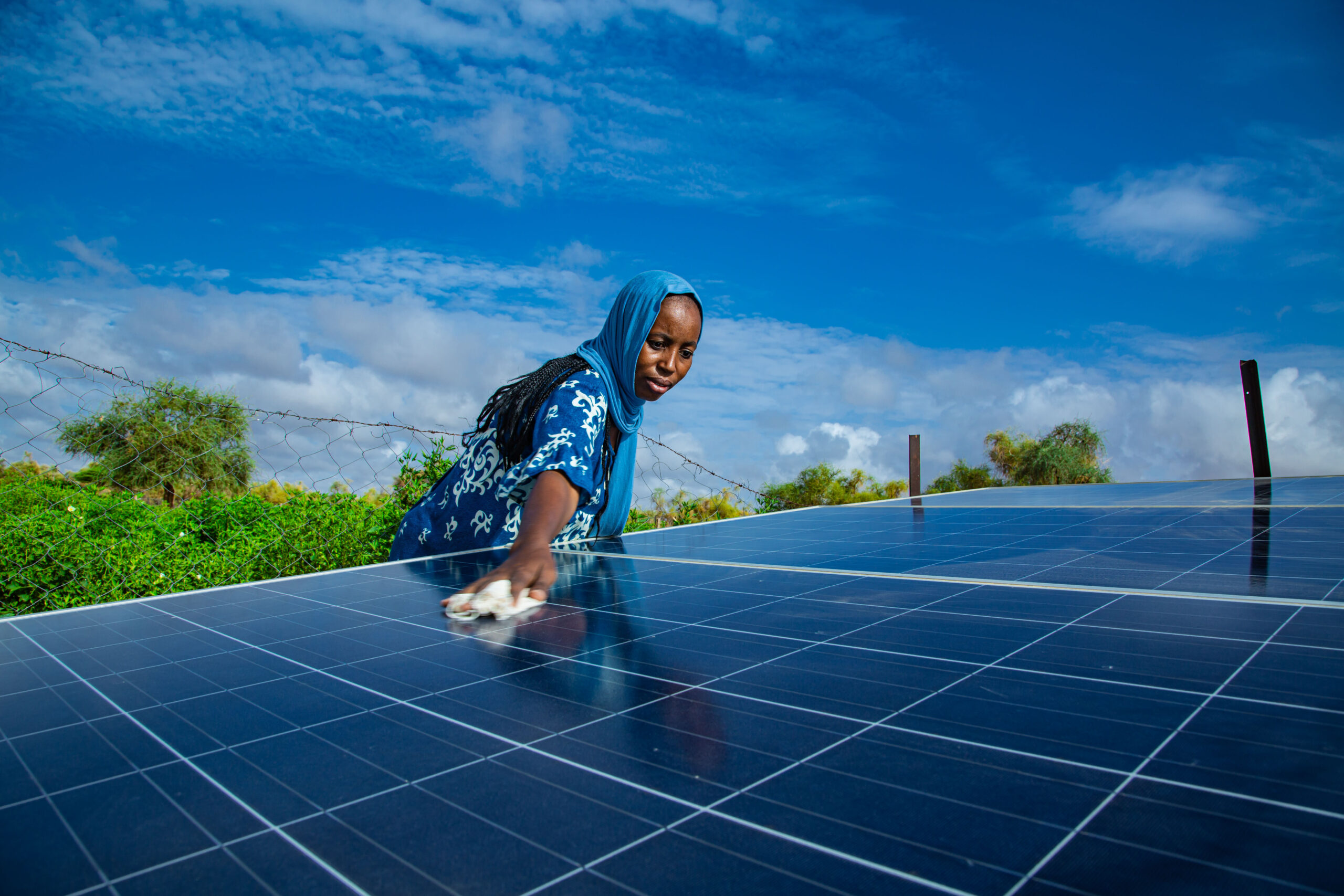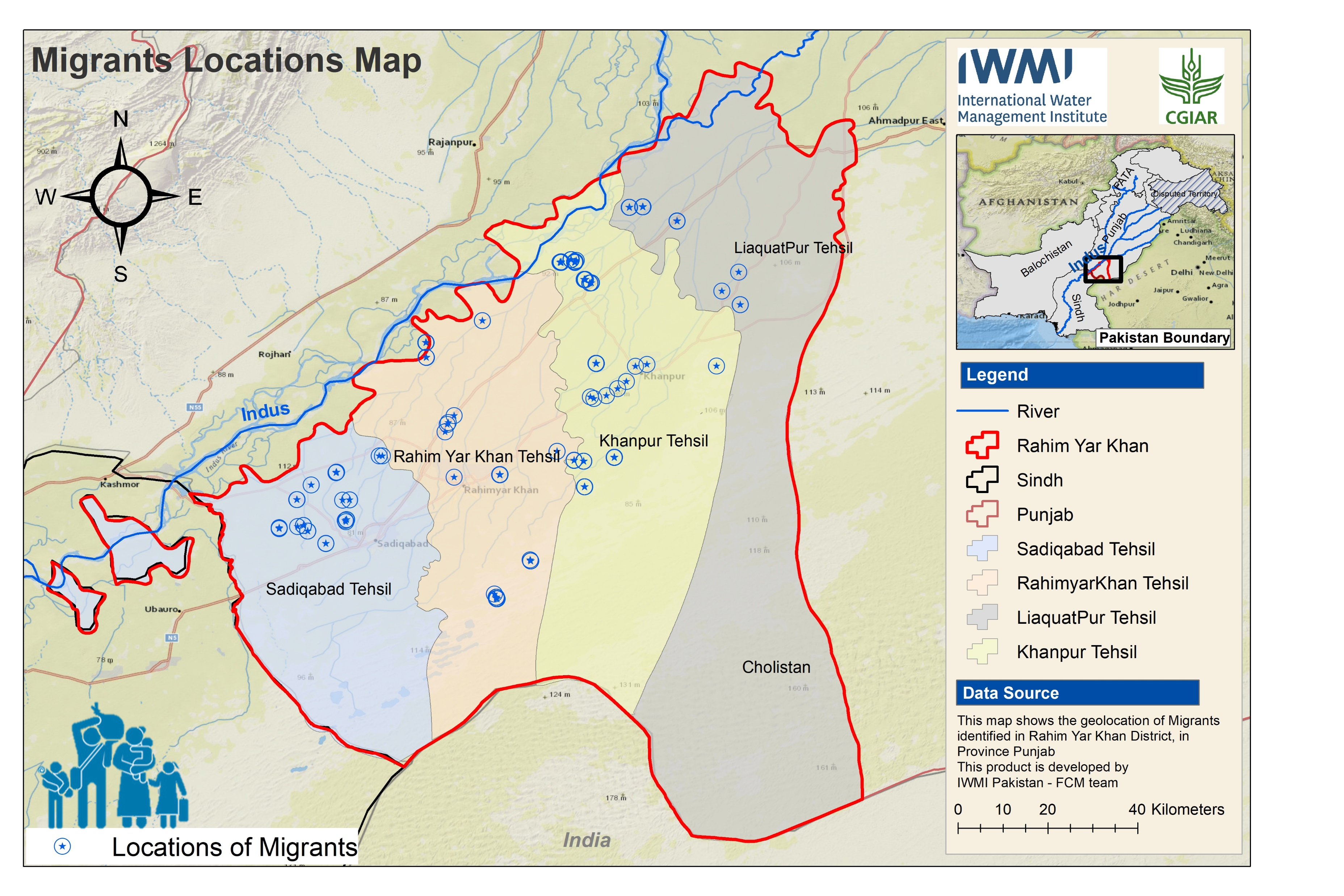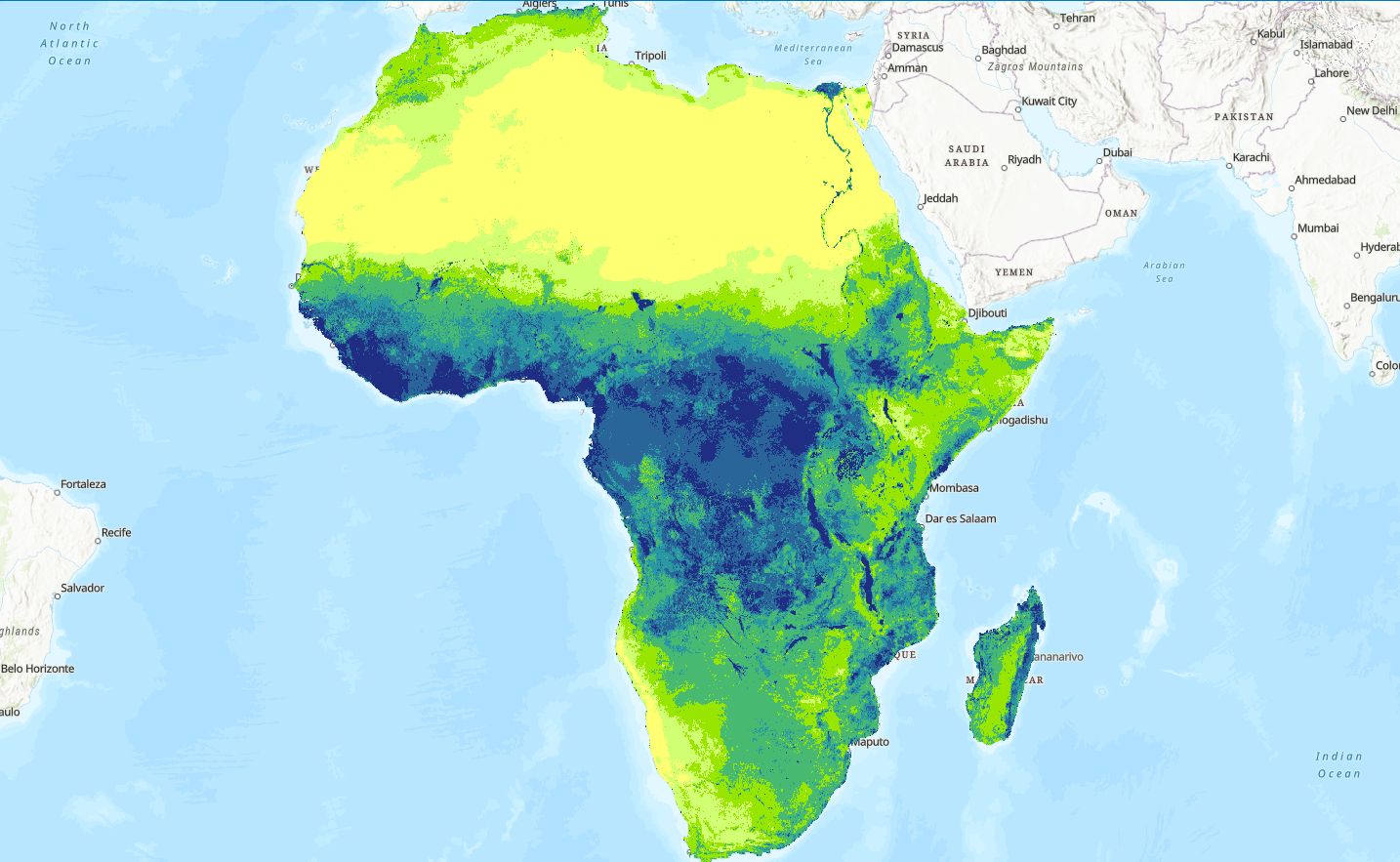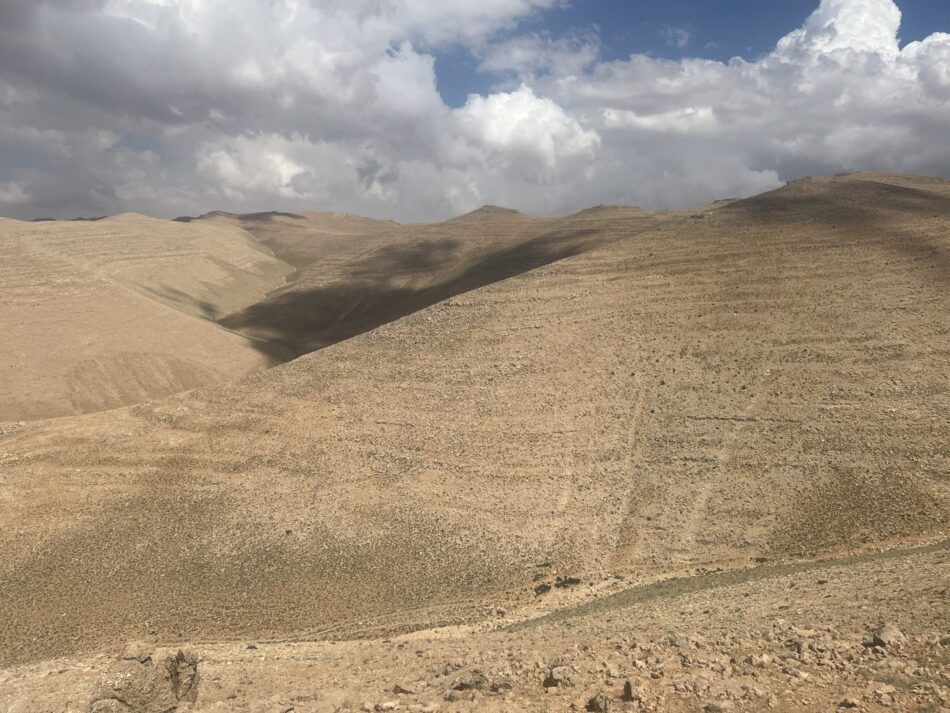What are agricultural water management (AWM) solutions?
AWM solutions aim to enhance food security and alleviate poverty. An AWM solution is any measure, including technologies, products and practices, that increases or improves AWM knowledge, policies and financing, and: contributes to smallholder livelihoods; benefits women and men; is cost-effective; is suitable for out-scaling; and addresses resource sustainability.
AWM business models
On the basis of the flood risk assessment and identification of promising AWM solutions, the project will determine suitable business models related to water access, storage and use to support both flood-recession and dry-season agriculture. The project team will build on and refine existing AWM business models, such as:
- small reservoirs and water storage for smallholder farming;
- decentralized rainwater harvesting for supplementary and dry-season farming; and
- pump rental markets supported by irrigation service providers and small-scale entrepreneurs (potentially youth) who offer both irrigation services and information to smallholder farmers.
Preparation of the business models will involve mapping specific solutions to priority value chains, and assessing geographic suitability and demand for these solutions to estimate beneficiaries, application area and investment costs. Further refinement of the business models will take place through piloting to regularly monitor and evaluate the impacts of these interventions on agricultural productivity, livelihoods, gender and the environment.
Risk analysis and assessment of AWM interventions
As part of this project, researchers will develop flood maps based on satellite data to assess and analyze flood inundation patterns over time, identify the locations and economic activities at particular risk from future flood events, and develop flood forecasting tools and systems. These will be applicable at the national, basin and state levels. Together, these tools and information will support the government’s efforts to improve flood planning and response, and reduce the negative social, economic and environmental impacts of future flood events.
Researchers will also analyze the technological, biophysical, social and institutional landscape in which AWM interventions operate in Nigeria to understand the opportunities, constraints and impacts of their use and promising solutions. This will involve:
- a situational analysis of the AWM policy, institutional and technological landscape, and key players;
- mapping and assessing areas where AWM interventions will have the greatest impact on rural livelihoods; and
- field analysis of opportunities, constraints and prospects for long-term sustainability of the adoption of AWM technologies.
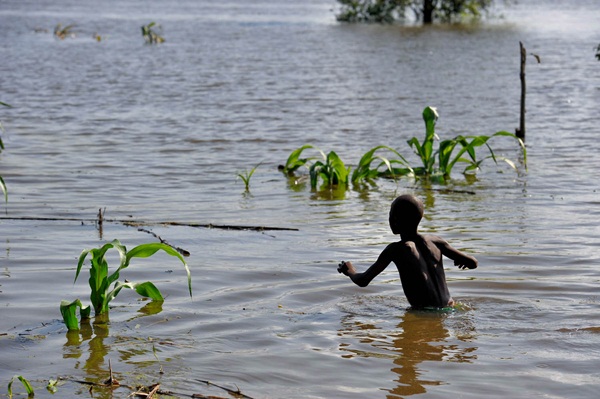
Inundated maize crop, Lokoja, Kogi state, Nigeria, 2012
© Photographer: Afolabi Sotunde, Nigeria
Capacity building, uptake and policy support
The project team will work closely with local and national partners throughout the research process to strengthen the capacity of these institutions in resource and livelihood mapping, identification of AWM solutions, and development and implementation of business models. The project will also include additional participatory stakeholder engagement and consultation to review and validate project findings, to ensure the project outputs are relevant, and to support their uptake. In order to actively support the scaling-up of the results of this project, the knowledge, tools and resources developed will be transferred to national partners and programs thereby enabling them to be brought to new locations.







